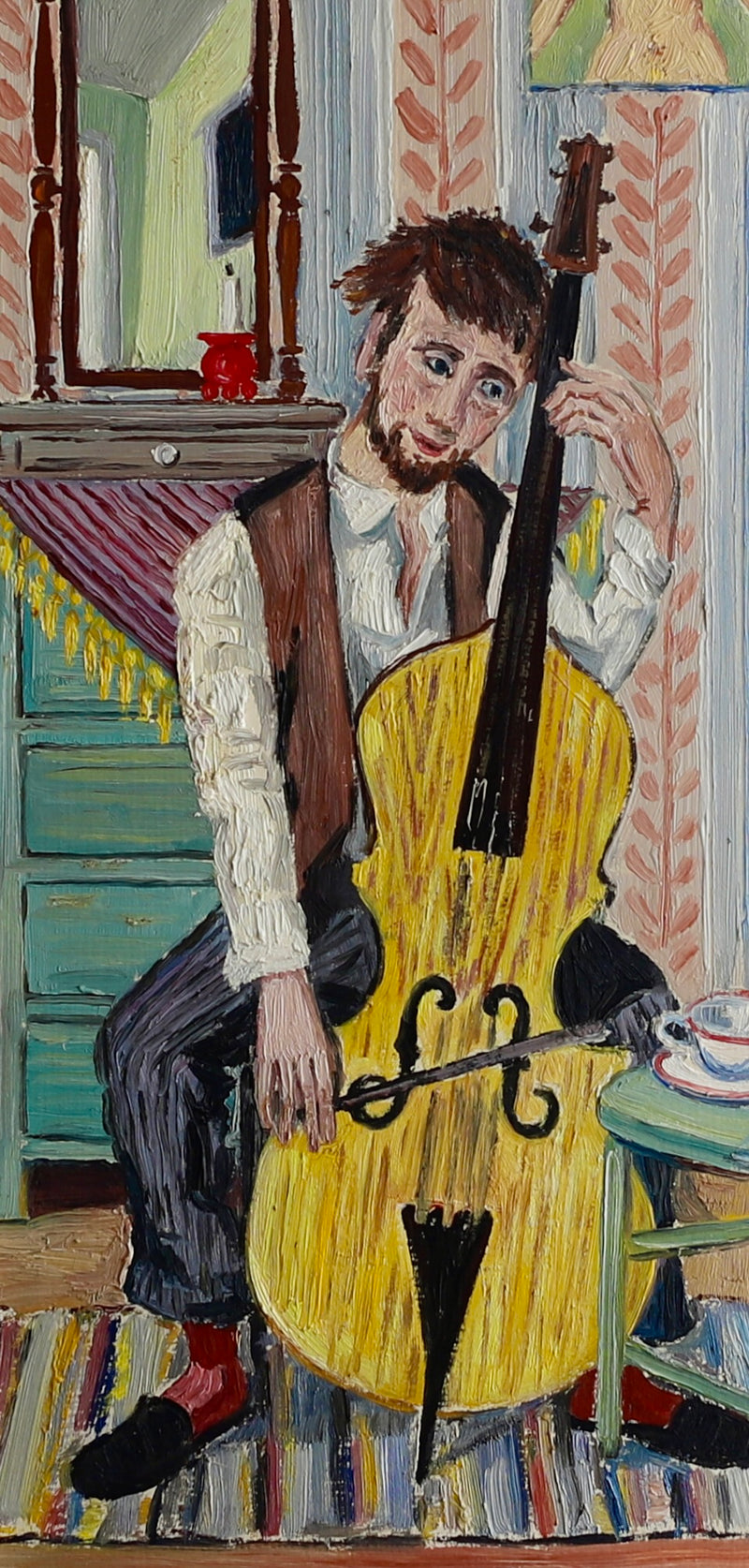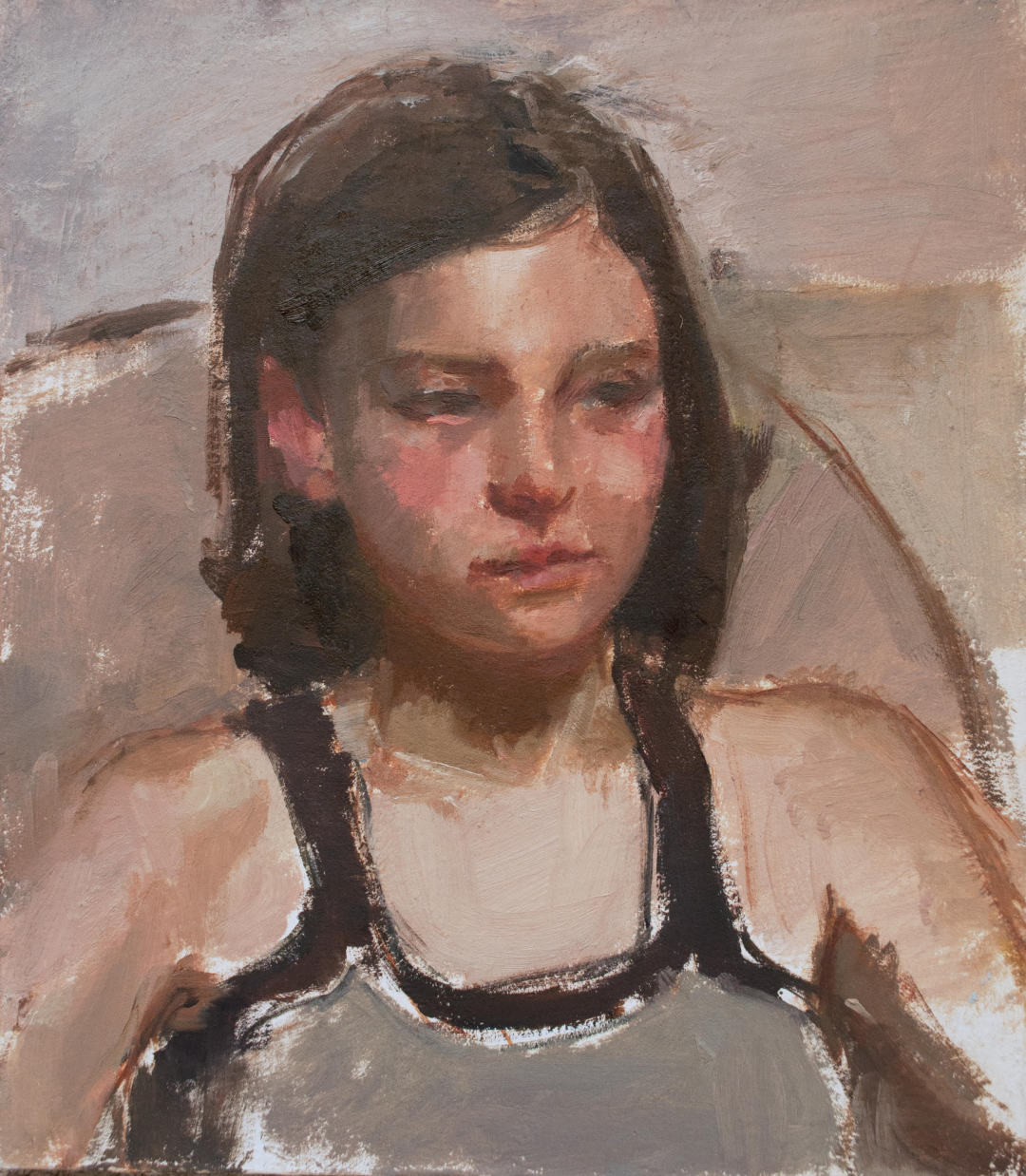The Impact of Figurative Oil Painting on Modern Art and Society
The Impact of Figurative Oil Painting on Modern Art and Society
Blog Article
The Duty of Feeling and Expression in Figurative Oil Painting: A Comprehensive Evaluation of Topic and Make-up
The interplay of emotion and expression in figurative oil painting functions as an essential lens through which one can analyze the detailed relationship in between subject and structure. Artists harness various techniques, from shade option to brushstroke dynamics, to grow emotional resonance within their works. This nuanced orchestration not just shapes visitor assumption however additionally invites a much deeper query right into exactly how these components coalesce to show the intricacies of human experience. As we explore this rich terrain, one need to think about just how details study light up the broader ramifications of these imaginative selections.
Understanding Feeling in Art
Emotion in art functions as an effective conduit for expression, permitting musicians to convey complicated sensations with their work. In figurative oil painting, this emotional deepness is typically depicted with the representation of the human figure, catching the nuances of human experience. The choice of subject matter, shade palette, and brushwork all add to the emotional resonance of a piece.
Artists regularly draw upon individual experiences, societal problems, or universal styles to evoke feelings in the audience. A portrait might mirror susceptability, while a dynamic number in motion can represent freedom or turmoil. These emotional strings link the audience to the art work, fostering a dialogue that goes beyond the visual medium.
Additionally, the interaction in between light and shadow can amplify psychological intensity, assisting the customer's look and drawing interest to certain components within the structure. Making use of texture in oil paint even more includes layers of complexity, inviting a tactile feedback that boosts the psychological experience. Overall, comprehending feeling in art is important for appreciating the nuances that identify figurative oil paint, as it changes mere depiction right into an extensive exploration of the human problem.
Trick Components of Structure
In the world of figurative oil painting, the make-up offers as the underlying structure that arranges aesthetic elements and improves the psychological story. Vital parts of composition consist of balance, contrast, centerpiece, and rhythm, each adding to the general influence of the art work.
Equilibrium refers to the distribution of aesthetic weight within the painting, which can be accomplished through unbalanced or symmetrical arrangements. A healthy structure offers stability, permitting the customer to engage with the piece sympathetically - figurative oil painting. Comparison, on the other hand, involves comparing various elements, such as dark and light or cozy and amazing shades, to guide the audience's eye and stimulate psychological feedbacks
The focal point is crucial, as it directs focus to the most substantial component of the painting, usually highlighting the emotional core of the narrative. By skillfully integrating these vital aspects, artists can craft emotionally resonant and engaging figurative oil paints that astound and involve their target market.
Subject Matter and Its Influence
Topic plays a crucial function in figurative oil paint, as it not just acts as the foundation for the narrative however additionally shapes the visitor's analysis and emotional involvement with the artwork. The selection of subject issue-- be it a solitary figure, a group dynamic, or a thematic representation-- directly influences the emotional atmosphere shared to the audience.

For example, pictures frequently evoke personal connections, disclosing the ins and outs of human expression and character, while scenes depicting public tasks can develop a feeling of belonging or fond memories. Additionally, the social and historic context of the subject matter enhances the viewer's understanding, motivating much deeper reflections on societal standards, values, and the human condition.
Different subjects also produce varying levels of involvement; a remarkable dispute shown with numbers in tension might elicit sensations of stress and anxiety or compassion, while serene landscapes can invoke tranquility and reflection. Eventually, the influence of subject in metaphorical oil painting is extensive, as it serves as a channel for emotional vibration, directing the viewer's feedback and analysis, and fostering a link in between the art work and the viewer. This interplay is essential for the effective communication of the musician's intent.
Techniques for Stimulating Feelings
The effectiveness of figurative oil paint in sharing emotions is dramatically affected by the techniques employed by the artist. One of one of the most important approaches is making use of shade theory, where the critical choice of colors can stimulate certain psychological responses. Cozy shades, such as reds and oranges, commonly generate feelings of interest or hostility, while cooler tones like blues and eco-friendlies tend to evoke calmness or unhappiness.
An additional vital technique is the control of light and darkness, called chiaroscuro. This technique boosts the three-dimensionality of figures, developing significant contrasts that can escalate psychological deepness. The placement of light can guide viewers' emotions, highlighting details aspects of the make-up.
Brushwork additionally plays a crucial role; loose, meaningful strokes can convey power and spontaneity, whereas smoother strategies could suggest harmony or accuracy. Furthermore, the arrangement of topics within the composition can affect emotional influence. Close distance can suggest affection, while range may indicate seclusion.
Eventually, the combination of these strategies enables artists to craft narratives that reverberate with the customer, transforming a plain visual experience into an evocative psychological trip. - figurative oil painting

Study of Significant Works
Analyzing noteworthy works of figurative oil paint reveals just how various strategies are employed to evoke powerful emotions. One excellent situation is Edvard Munch's "The Scream," where the altered number and swirling background convey existential fear. Munch's use color-- deep blues and vivid oranges-- heightens the psychological impact, showcasing how combination choices can form viewer experience.
An additional considerable job is weblink Pablo Picasso's "Les Demoiselles d'Avignon." Right here, bold brushstrokes and fragmented kinds show a tumultuous psychological landscape, challenging traditional read more depictions of the women figure. Picasso's innovative structure not just records the customer's attention yet likewise welcomes contemplation on motifs of identification and sexuality.
In Addition, Frida Kahlo's "Both Fridas" provides an emotional expedition of duality and self-identity. The contrasting numbers, linked by a shared heart, exemplify Kahlo's emotional depth and individual narrative. figurative oil painting. Her thorough attention to information and symbolic elements offer to engage customers on a visceral degree
These study underscore the extensive link between feeling and make-up in metaphorical oil paint, exposing just how musicians harness method to communicate complex sensations and stories that reverberate throughout time and culture.

Verdict
Finally, the interaction of feeling and expression in figurative oil painting significantly enhances the customer's experience and interpretation of the art work. With a mindful choice of topic and compositional methods, artists share extensive narratives that reverberate on both universal and individual levels. The application of shade concept, brushwork, and chiaroscuro additional amplifies psychological deepness, transforming each canvas into a anchor powerful representation of the complexities of the human experience.
In figurative oil paint, this emotional depth is typically portrayed via the representation of the human figure, capturing the subtleties of human experience.In addition, the interplay in between light and darkness can magnify psychological strength, assisting the audience's gaze and attracting interest to particular aspects within the composition. The use of appearance in oil painting better includes layers of intricacy, welcoming a tactile action that improves the psychological experience.The focal point is critical, as it directs focus to the most considerable component of the painting, usually highlighting the psychological core of the narrative. Eventually, the impact of subject issue in figurative oil paint is profound, as it offers as a conduit for psychological resonance, assisting the audience's reaction and analysis, and fostering a connection between the onlooker and the art work.
Report this page